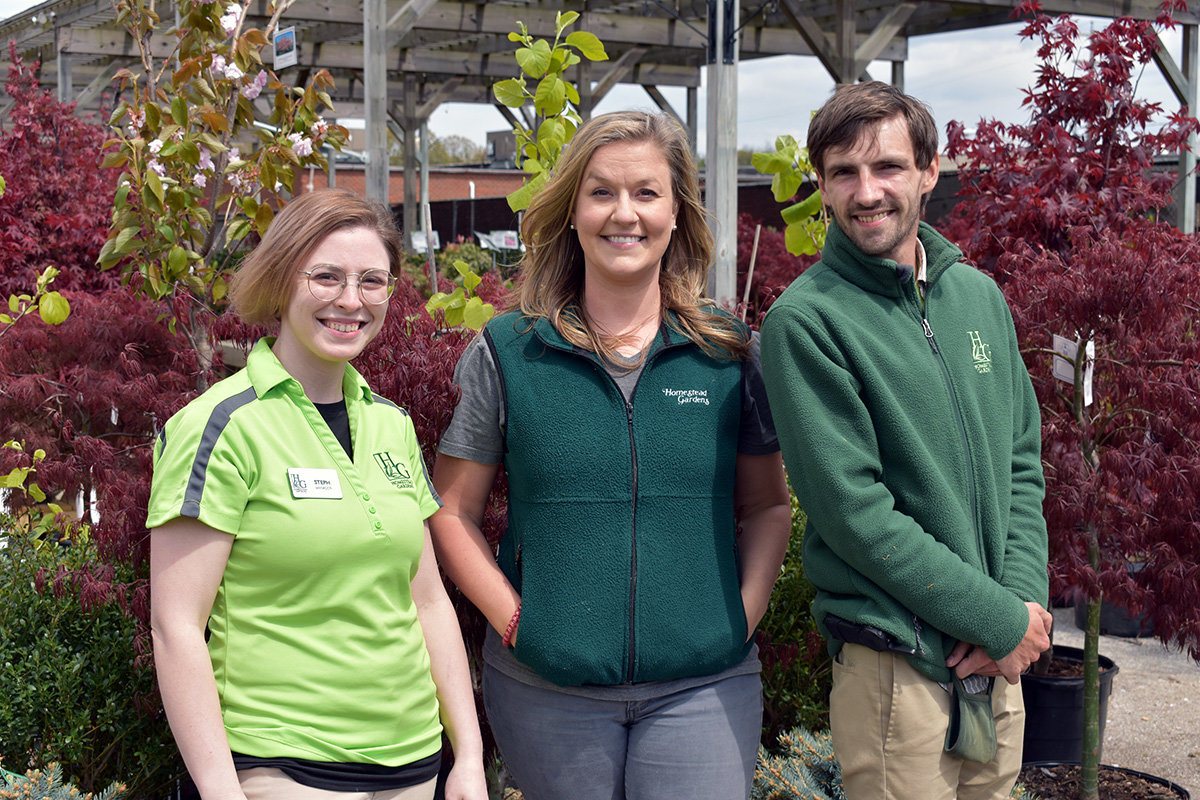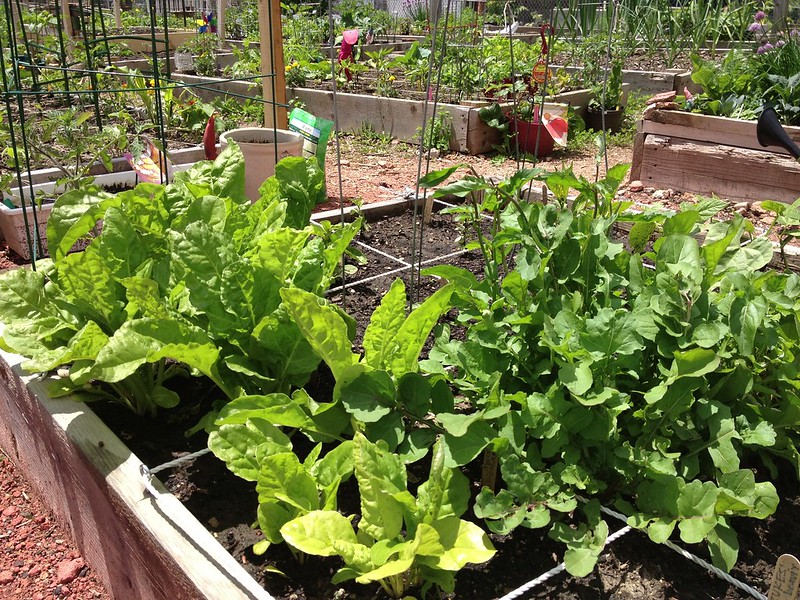How to Go Green with Homestead Gardening
How to Go Green with Homestead Gardening
Blog Article
Uncover the Tricks to Creating a Attractive and Efficient Gardening Area
Creating a attractive and effective horticulture space is not merely an issue of planting veggies and flowers; it requires a critical strategy that includes various vital elements. From choosing the right place based on sunshine and soil kind to attentively developing your layout and choosing appropriate plants, each decision plays an essential role in the success of your yard.
Picking the Right Area
Selecting the perfect location for your yard is vital to its success and overall visual appeal. The very first step in this procedure includes assessing sunshine exposure, as a lot of plants require a minimum of six hours of direct sunlight daily (Homestead Gardening). A south-facing yard commonly receives one of the most light, while shaded locations can hinder growth and blooming
In addition, think about soil high quality and water drainage. Well-draining soil is necessary to prevent water logged roots, which can lead to plant conditions. Carrying out a dirt examination can provide beneficial information relating to pH levels and vitamins and mineral material, enabling you to modify the soil appropriately.
Moreover, closeness to water sources is an additional factor to evaluate - Homestead Gardening. Having very easy accessibility to a pipe or irrigation system can simplify the watering procedure and urge constant plant treatment. Wind security is also important; placing your garden near frameworks, such as fencings or wall surfaces, can shield it from rough winds that may harm delicate plants
Lastly, consider ease of access for maintenance and harvesting. A well-placed yard permits convenient gain access to, making certain that you can quickly often tend to your plants without creating undue tension or disruption. Thoughtful place choice lays the foundation for a thriving garden.
Picking Plants Sensibly
When selecting plants for your garden, it's important to take into consideration variables such as environment, dirt conditions, and individual choices to make certain a harmonious and efficient space. A complete understanding of your regional environment will direct you in choosing plants that grow in your specific environment. For circumstances, picking drought-resistant ranges is advantageous in deserts, while moisture-loving types may be more appropriate for locations with high rainfall.
Dirt problems are similarly essential; conducting a dirt test can reveal pH degrees and nutrient content, allowing you to select plants that will grow. Native plants are frequently a superb choice, as they are normally well-adapted to regional dirt types and need much less upkeep.
Mirror on your individual choices-- selecting plants that reverberate with your visual tastes will certainly enhance your pleasure and dedication to keeping your garden. By thoroughly reviewing these aspects, you can develop a growing and diverse plant choice that elevates your gardening experience.
Designing Your Garden Layout
With an attentively chosen plant selection in hand, the next step is to develop a yard design that makes best use of both charm and performance. Begin by analyzing the offered space, thinking about factors such as wind, color, and sunlight patterns. A well-planned format must incorporate various areas, consisting of locations for planting, pathways, and potentially seating.
Start with larger plants or centerpieces, such as trees or tall Read Full Report perennials, put purposefully to create visual rate of interest. Layer smaller sized plants in front to improve depth and appearance. Consider the development habits of your chosen plants; taller ranges ought to be positioned at the back or center Going Here of beds, while much shorter ones can line the edges.
Including paths not only promotes gain access to for upkeep however also welcomes exploration. Use products that match the yard's total aesthetic, whether gravel, timber, or stone chips.
Furthermore, think of seasonal changes and how your layout will look throughout the year. Integrating evergreens along with seasonal flowers can guarantee year-round beauty. Inevitably, a properly designed garden layout integrates the all-natural charm of plants with practical factors to consider, leading to a space that is both welcoming and productive.
Enhancing Soil Wellness

To enhance dirt wellness, start by performing a dirt test to examine pH levels, nutrition material, and dirt appearance. Integrate organic matter such as garden compost, well-rotted manure, or fallen leave mold and mildew to boost dirt framework, water retention, and microbial task.
Mulching is one more effective technique; it not just conserves dampness however also suppresses weeds and gradually improves the dirt as it breaks down. Avoiding too much tillage is critical, as it can interfere with soil structure and damage helpful organisms. Instead, site here embrace no-till or very little tillage practices to preserve dirt integrity.

Preserving Your Yard Effectively
A well-maintained yard provides pride and performance, calling for consistent interest to guarantee that plants thrive and the landscape stays welcoming. Efficient yard upkeep entails a number of key practices that boost the wellness of your plants and the total aesthetic of your space.
Regular watering is important; however, it is important to customize your watering timetable based on the particular requirements of your plants and regional climate conditions. Mulching can aid maintain wetness, reduce weeds, and control soil temperature. Furthermore, prompt weeding prevents competitors for nutrients and sources, ensuring that your plants thrive.
Pruning is another crucial task. It motivates healthy and balanced growth, eliminates infected or dead branches, and forms plants to preserve an appealing framework. In addition, keeping track of for conditions and pests is crucial; early detection and intervention can save your plants from substantial damages.
Fertilizing should be implemented attentively, utilizing natural options whenever possible to promote lasting soil health and wellness. Ultimately, seasonal jobs such as planting, dividing perennials, and getting ready for winter season will guarantee your garden stays dynamic year-round. By complying with these practices faithfully, you can grow a yard that is both gorgeous and effective.
Final Thought
Selecting an ideal area with adequate sunshine, choosing suitable plants, making an aesthetically pleasing layout, improving soil health and wellness, and making certain normal maintenance are vital parts. By incorporating these techniques, one can grow a flourishing garden that not just enhances the landscape but also promotes ecological balance and sustainability.
From choosing the right area based on sunlight and dirt kind to attentively developing your layout and selecting appropriate plants, each decision plays a critical role in the success of your garden. Well-draining dirt is crucial to avoid waterlogged origins, which can lead to plant diseases.When selecting plants for your garden, it's necessary to consider elements such as environment, dirt conditions, and personal choices to ensure a efficient and harmonious space. Eventually, a properly designed garden design balances the natural appeal of plants with useful considerations, resulting in an area that is both welcoming and effective.

Report this page